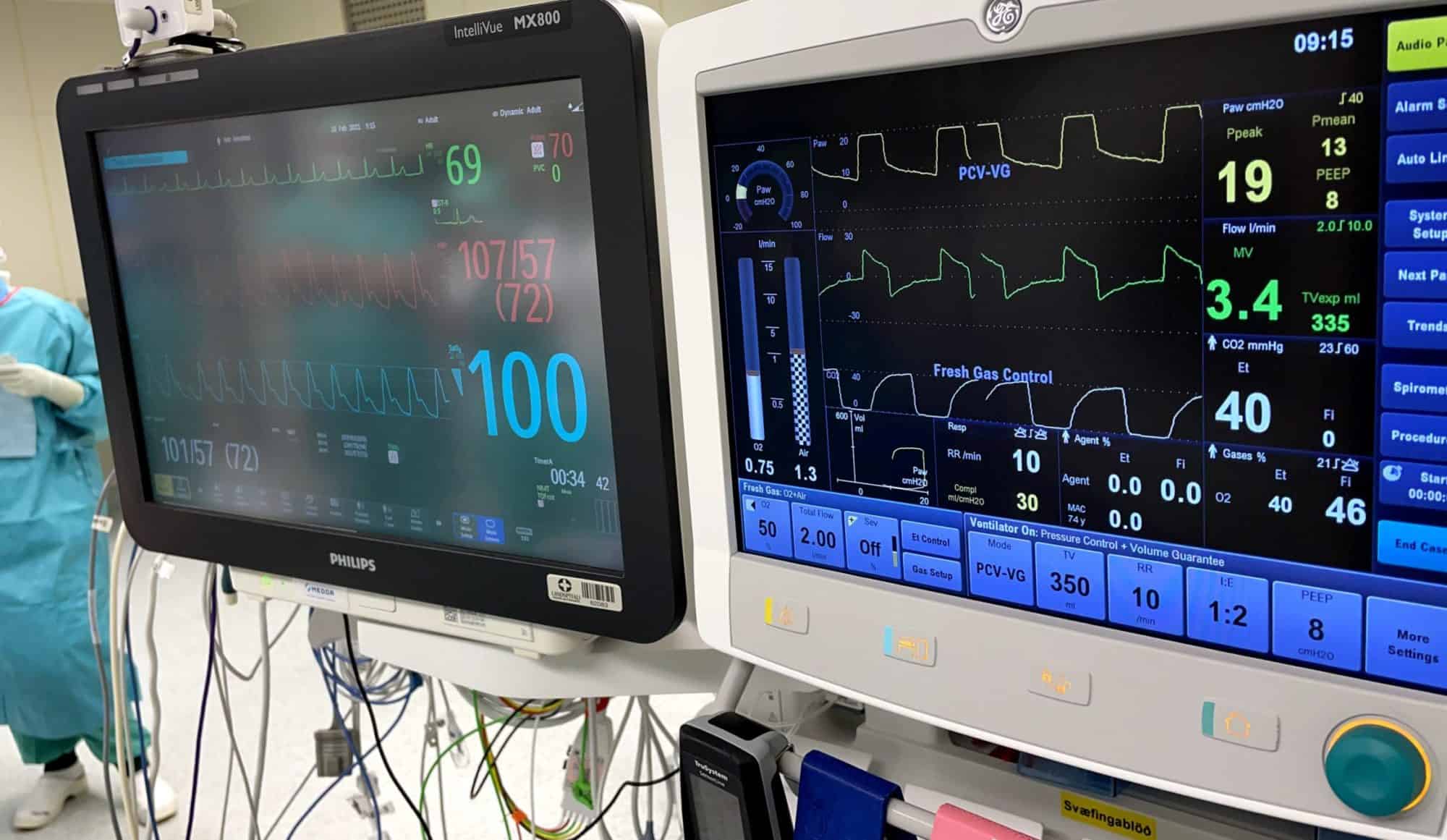Paediatrics – Core Learning Outcomes
Learning outcomes:
* Obtain knowledge of the principles underlying the practice of anaesthesia for children aged 1 year and older and the specific needs therein
* Have completed training in child protection
Core clinical learning outcomes:
* Demonstrates correct management of the paediatric airway in the following ways [if case mix allows, down to one year of age, but at least down to five years ofage]:
* Is able to size airway devices correctly [i.e. oral airways and tracheal tubes]
* Is able to insert airway devices correctly
* Is able to ventilate an apnoeic child using a bag and mask +/- an oral airway
* Is able to intubate a child correctly, using the most appropriate size tracheal tube, placed at the correct length
* Maintains anaesthesia in a spontaneously breathing patient via a facemask for a short surgical procedure [less than 15 mins]
Child protection
Anaesthetists may encounter children who have suffered physical and/or sexual abuse including resuscitation, intensive care as well as the routine pre-op examination. In all these situations, it is essential that health care professionals, including the anaesthetist, act in the best interests of the childMinimum acceptable learning outcomes:
* Knows that Non-Accidental Injury [NAI] of children is not uncommon and is encountered by anaesthetists
* Demonstrates knowledge of local procedures for safeguarding children
Knowledge
- P1_BK_01 Recalls/explains the relevance of the basic sciences specific to children aged 1 year and above
- P1_BK_02 Describes the preoperative assessment and psychological preparation of children aged 1 year and above [and their parents] for surger
- P1_BK_03 Explains the importance of avoiding excessive starvation times
- P1_BK_04 Describes how anaesthesia can be induced for children aged 1 year and above
- P1_BK_05 Describes maintenance of anaesthesia for children aged 1 year and above
- P1_BK_06 Describes how recovery from anaesthesia is managed in children aged 1 year and above
- P1_BK_07 Explains the management of postoperative pain, nausea and vomiting in children
- P1_BK_08 Describes the management of acute airway obstruction including croup, epiglottitis and inhaled foreign body
- P1_BK_09 Recalls/explains how blood volume is estimated and how correct solutions and volumes are used for replacement of fluid loss. Particular attention must be given to the risks of hyponatraemia if hypotonic solutions are used for fluid resuscitation
- P1_BK_10 Explains the importance of modification of drug dosages
- P1_BK_11 Describes how pain-relief is provided for children undergoing surgery including the use of common regional techniques [e.g. Caudal epidural, ilioingiunal block]
- P1_BK_12 Explains the place of premedication, including topical anaesthesia for venepuncture
- P1_BK_13 Describes paediatric anaesthetic equipment and the differences from adult practice
- P1_BK_14 Recalls/explains how to calculate tracheal tube sizes and the reasons for its importance; sizing of face masks and airways [oro- and naso-pharyngeal and LMAs]
- P1_BK_15 Explains the choice of breathing systems and the appropriate fresh gas flow rates
- P1_BK_16 Explains the importance of identifying when upper respiratory tract infections are/are not significant and, as a result, when to cancel operations
- P1_BK_17 Explains how to obtain consent for anaesthesia in children
- P1_BK_18 Explains the importance of Child Protection regulations and what action must be taken when non-accidental injury is suspected
- P1_BK_19 Understands the Child Protection procedures in their current hospital situation, who leads the process and how they may be contacted [including out of hours]
- P1_BK_20 Describes situations in which abuse of children may present to anaesthetists including, but not exclusively, during care of the injured child whose injury cannot be wholly explained by natural circumstances or during the course of routine perioperative anaesthetic care when unusual or unexplained signs which may indicate abuse are found
- P1_BK_21 Describes signs indicative of a possible need to safeguard the infant, child or young person
- P1_BK_22 Describes the importance of communicating concerns within the team and asking for senior help and/or paediatrician support when appropriate
- P1_BK_23 Outlines the importance of acting in the best interests of the child throughout any investigation of NAI
Skills
- P1_BS_01 Undertakes satisfactory preoperative assessment of fit children aged 5 and over
- P1_BS_02 Demonstrates ability to anaesthetise fit children aged 5 and over for elective and urgent minor surgery [including general,ENT, orthopaedic, minor trauma and other non-specialist procedures]. This includes induction, maintenance and recovery [including management of pain, nausea and vomiting]
- P1_BS_03 Shows how to manage the environment during the induction of anaesthesia in children
- P1_BS_04 Demonstrates ability to secure peripheral venous access in children aged 5 and over
- P1_BS_05 Demonstrates ability to perform intraosseous cannulation
- P1_BS_06 Demonstrates ability to manage the airway correctly including selection of the correct masks, airways, laryngeal mask airways and tracheal tubes
- P1_BS_07 Demonstrates ability to perform both intravenous and gaseous induction of general anaesthesia in children
- P1_BS_08 Demonstrates the management of laryngospasm in children
- P1_BS_09 Demonstrates ability to stabilise and manage the sick or injured child aged 5 or over until senior help arrives
- P1_BS_10 Demonstrates ability to perform paediatric resuscitation
- P1_BS_11 Shows sensitivity when communicating with children and their parents/carers
- P1_BS_12 Shows how to recognise signs leading to suspicion of non-accidental injury or abuse and the correct action
- P1_BS_13 Demonstrates the ability and willingness to clearly communicate concerns, verbally and in writing
- P1_BS_14 Demonstrates the ability to manage the child and parents in a sensitive, appropriate manner
